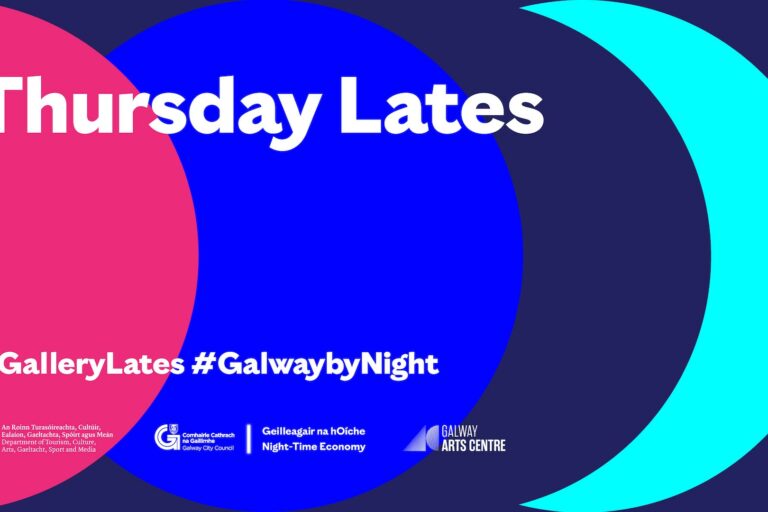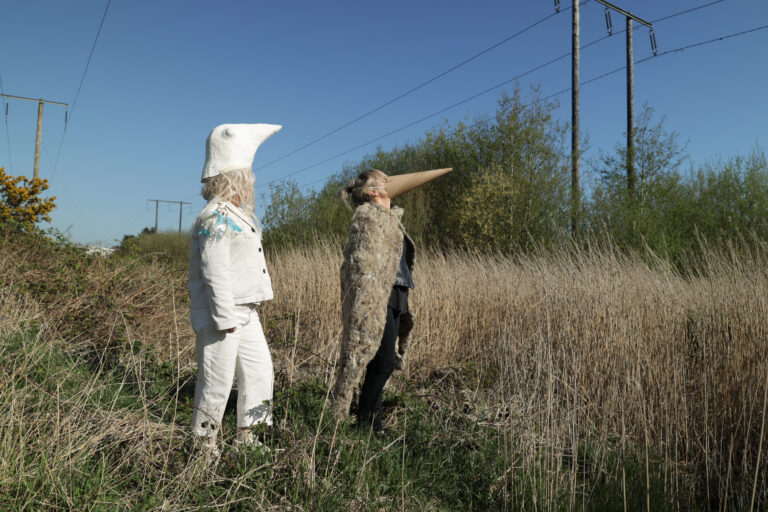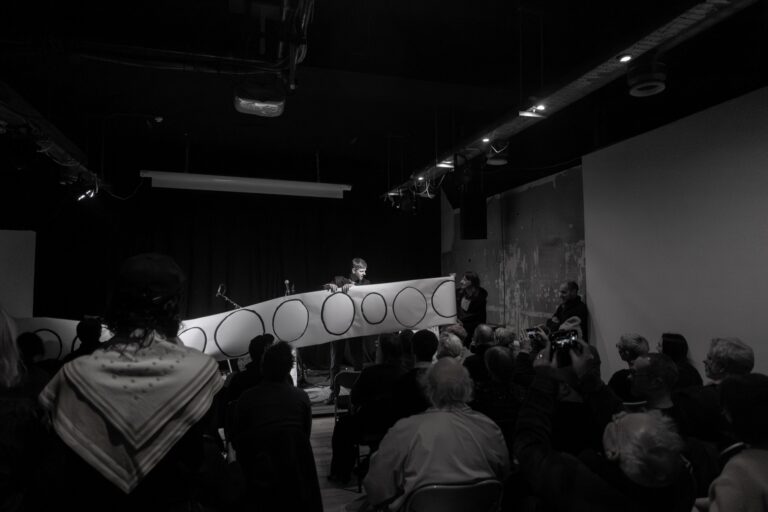Event Details
Dates
10/02/2012 – 10/02/2012
Galway Arts Centre
10 February – 10 March 2012
Senator Richard Schweiker: “Subproject 54, MKULTRA, which involved examination of techniques to cause brain concussions and amnesia by using weapons or sound waves to strike individuals without giving and without leaving any clear physical marks. Someone dubbed it “perfect concussion” — maybe that was poetic license on the part of our staff rather than your poets over there. I wonder if you could just tell us what brain concussion experiments were about.”
Admiral Stansfield Turner: “This project, No. 54, was canceled, and never carried out.” – 1977 Congressional hearing on the CIA’s MKULTRA programme
The enforced erasure of memory appears as a threatening opposite to psychoanalysis and its attempts to extricate the submerged experience from the depths of the subject’s unconscious. Instead, it takes sides with repression, and attempts to go one further, to obliterate any traces of knowledge to the point of complete disappearance. And yet there would never be any real certainty as to its success. The capacity of the individual to someday, somehow, dredge up these memories, triggered by an uncannily familiar sound or scent or image, would always lurk under the surface. In the same way, could the Admiral really say, with total confidence, that the experiment hadn’t simply been turned on him?
This might explain the recurrence of works that evoke an unsettling sexual deviancy, from the audio speakers encased in leatherette (a fetishistic accoutrement that also infers a muffling or gagging of the accompanying soundtrack of vocal groans) to the dusting of the interior spaces in trytophan (an amino acid that serves as a natural sedative). The ‘perfect concussion’, therefore, might be actively sought out, through self-medication or masochistic bondage, as a means of displacing libidinal desire, of holding back the impending ‘return of the repressed’. A borrowed text, inscribed in calligraphic writing on fluorescent paper, equates sexuality with objectification: “sexual perversion is founded on the inability to apprehend the other object of desire in his or her unique totality as a person, to grasp the other in any but a discontinuous way.” The partial object, or the component of a larger exhibition, conforms to Freud’s reading in Three Essays on the Theory of Sexuality (1905): “What is substituted for the sexual object is some part of the body […] or some inanimate object which bears an assignable relation to the person whom it replaces and preferably to that person’s sexuality (e.g. a piece of clothing or underlinen).”
missing here?
Chris Clarke, 2012






